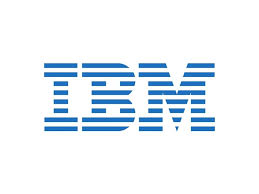Defense Department Looking to Improve Speed to MilCloud 2.0

By Debbie Gregory.
MilCloud 2.0, the Pentagon’s on-premise cloud, is gearing up to handle a great increase in the size of the data it hosts, and the Defense Department is looking for ways to get it there faster.
To that end, the Defense Information Systems Agency (DISA) is exploring the capabilities that currently exist to improve the migration of data and applications to MilCloud 2.0 by issuing a request for information (RFI) to industry seeking input on “rapid cloud migration.”
While the RFI, which was due by September 10th, does not constitute a solicitation, there is a possibilty that it could lead to one-on-one discussions with vendors.
MilCloud 2.0 went live earlier this year as part of a three-year, $500 million contract won by CSRA, which has since been purchased by defense contractor General Dynamics.
“We are looking at probably 2-3-4 times the increase of volume than we originally anticipated right off the bat, which is a good news thing. It shows there is a lot of demand for cloud capabilities inside the department,” said John Hale, DISA’s chief of enterprise applications.
The RFI states that MilCloud 2.0 “seeks migration solutions that can accurately duplicate the suite of servers used with an application from their current environment into a cloud environment built on Apache CloudStack technology and KVM hypervisor. The scope of duplication includes all applications used with the system, configuration of network and network security controls when proper APIs are exposed, and identification of interactions within the application system and to external systems when needed network traffic is made available for analysis.”
“What we are spending a lot of time on and where we are making investments now is how to strengthen our ties with off-premise commercial cloud providers, how we strengthen our security relationships with them and how we make sure that all of that works in a much better way,” said Hale. “As commercial cloud evolves, we expect our MilCloud 2.0 capability to evolve in-kind,” he added.







 In partnership with:
In partnership with:



